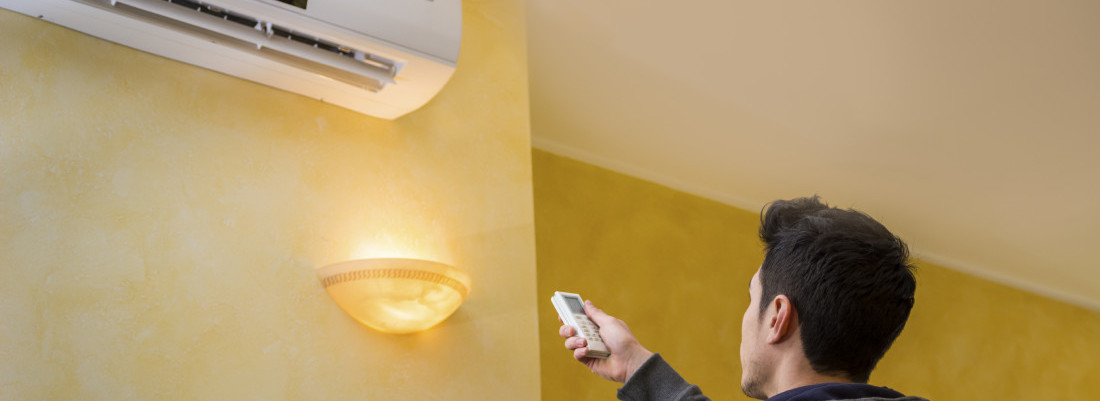
It finally seems as though winter has melted away here in Vermont, which means summer can’t be far behind. It’s time to start thinking about cooling for your commercial building or home, and one thing on everyone’s mind is how to reduce their cooling load while keeping their building at a comfortable temperature.
Investing in new energy-efficient cooling systems is a great way to save energy and money in the long run, but improving the efficiency of your home or building itself ensures that those efficiency upgrades do what they’re supposed to do and reduce your cooling costs. Here are 3 ways you can reduce your building’s cooling load this summer:
1. Improve Insulation
Small problems in your insulation can have a big impact on your cooling load. If even a small section of insulation is missing, the overall R-value can decrease significantly. What’s the R-value? It’s the measure of heat resistance through a given thickness of material. That means that if, for example, your attic has missing insulation in one section, you could be undermining the R-value of the whole attic, meaning that it will take more energy to cool the house than it would if the insulation was fully intact.
The takeaway here for reducing your cooling load is to inspect your insulation and make any necessary repairs or replacements you may need.
2. Repair Duct Leakage
Duct leakage in your forced-air or central air conditioning system means that the airtightness may have been compromised, making the space uncomfortable and more expensive to cool. Why? Because duct leaks cause conditioned air to escape before it reaches the rooms you want to cool. If the leak is occurring in a return duct, it could be sucking dust and dirt into the system. HVAC companies can conduct HVAC air flow testing and/or duct leakage tests to help determine where the problems are occurring and what needs to be done to fix them.
3. Remember Your Windows
Windows can have a large influence on a building’s cooling loads. Many people want to maximize daylight while reducing or eliminating heat transfer from the summer sun. There are a few effective techniques for doing this, including glazing, window films, and shading. According to this article, “window shading devices reduce solar heat gain while transmitting enough daylight to help reduce the use of artificial lighting and its resulting cooling loads.”
These simple measures can help reduce your home or building’s cooling load when the summer months start rolling in. By preparing ahead of time, you can keep your building at a comfortable temperature for occupants while still saving money and energy.
- Choosing an HVAC System When Building a New Home - September 21, 2015
- Mold in HVAC Systems: What You Need to Know - September 17, 2015
- Fall Vermont HVAC Checklist for Commercial Buildings - September 2, 2015
- What You Need to Know About Humidity in Your Vermont Home - August 25, 2015
- Does Your Office Have an Indoor Air Quality Problem? - August 10, 2015
- Stay Cool in Vermont with Ductless Air Conditioning - August 3, 2015
- 4 Things to Consider About Air Conditioning Replacement - July 27, 2015
- 3 Summer Ventilation Tips for Your Vermont Home - July 20, 2015
- Don’t Make These 3 Vermont Air Conditioning Mistakes This Summer - July 13, 2015
- When Should You Call a Vermont HVAC Contractor? - June 22, 2015

